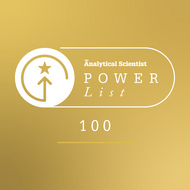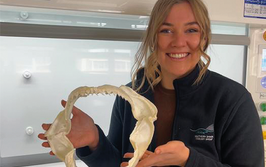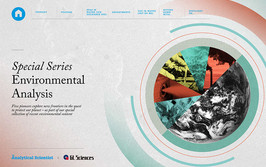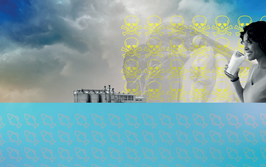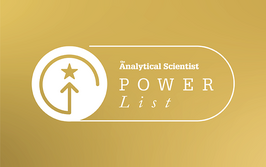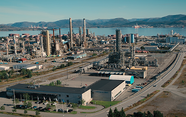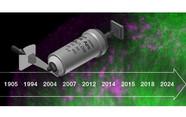Steven J. Lehotay

Lead Scientist, USDA Agricultural Research Service, Eastern Regional Research Center, USA
Raising the field’s profile…One way to raise the profile of analytical science is to give analytical scientists a raise! Doctors, lawyers, teachers, engineers, and many other professionals need certification to work in their profession, and if analytical chemists and/or analysts would also have to meet certain knowledge and performance standards to do their jobs, then they should also receive more pay. For years, many laboratories have been hiring untrained technicians at the lowest pay possible, which causes those with the ability to conduct higher-quality analytical chemistry to work in other fields. This is not a new idea, but hire higher talent with higher pay!
The decade’s most important development?I am surely not alone in my view that major improvements in tandem mass spectrometry were the most important development in the 20-aughts, and similar gains in high-resolution mass spectrometry was the most important analytical development in the decade that followed.
Biggest challenge facing the field? For many applications, data processing is the biggest challenge in analytical chemistry. In the area of food safety analysis, we are moving from targeted methods for hundreds of analytes to nontargeted mega-methods for potentially thousands of contaminants of interest. Currently, true nontargeted analysis takes way too much time for analysts to sort through the results generated by software programs for it to be useful routinely. Perhaps artificial intelligence will serve someday as a valuable tool to help find the wheat among the chaff (or the needle in a haystack), but even then, the need for intelligent human decision-making remains the biggest challenge facing any field of work.
